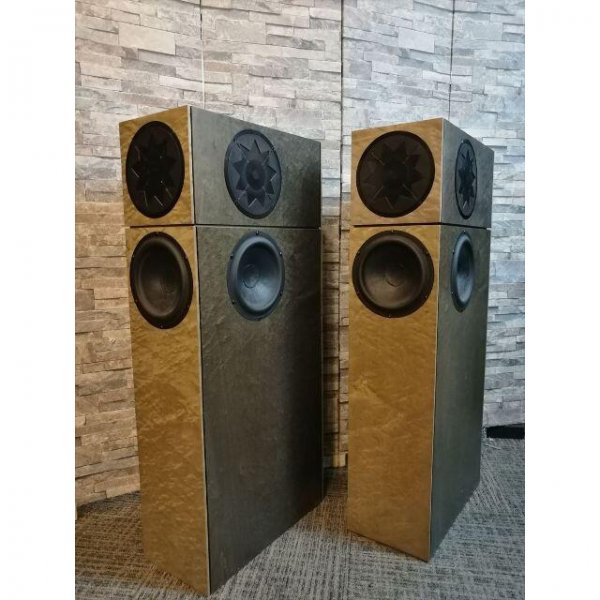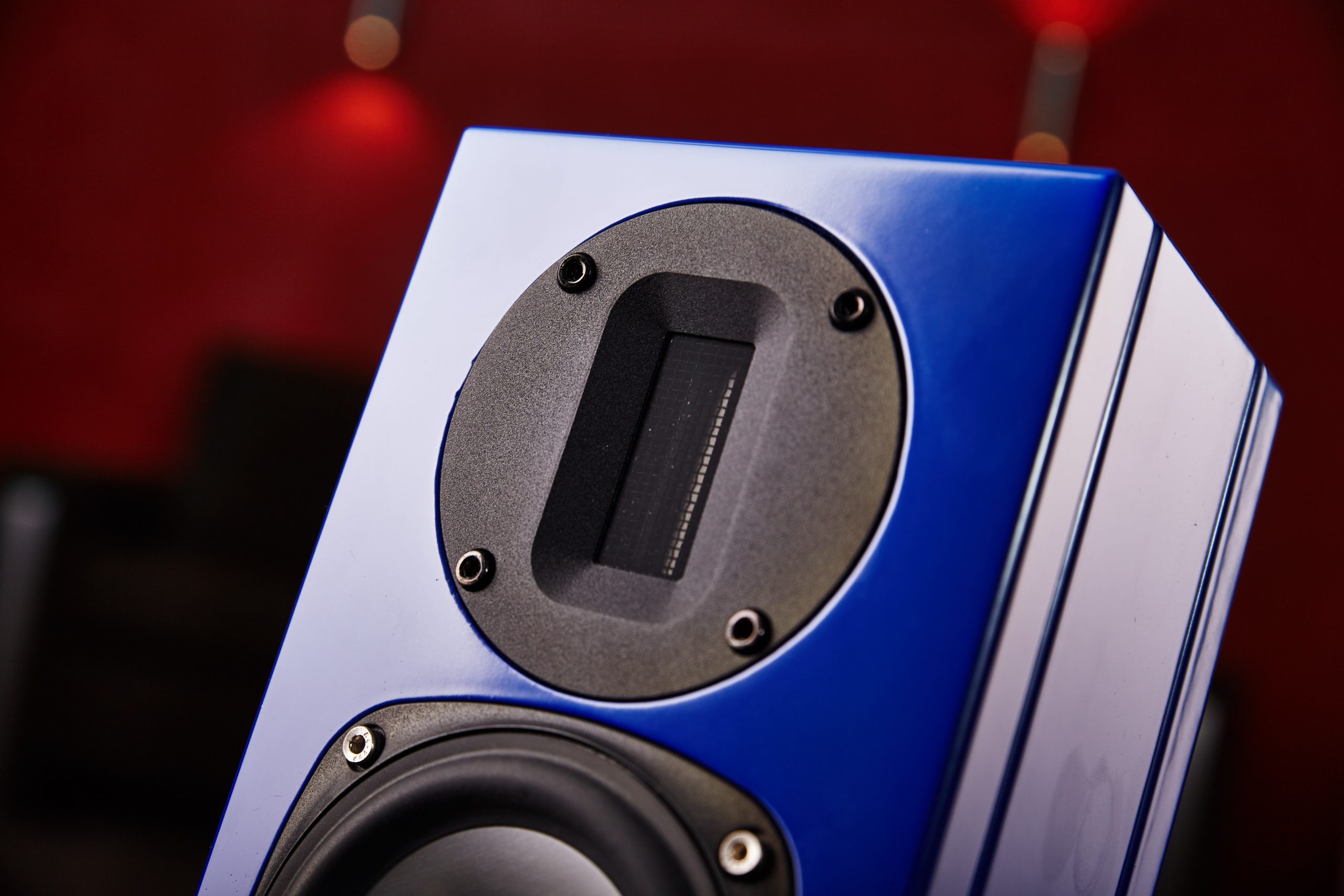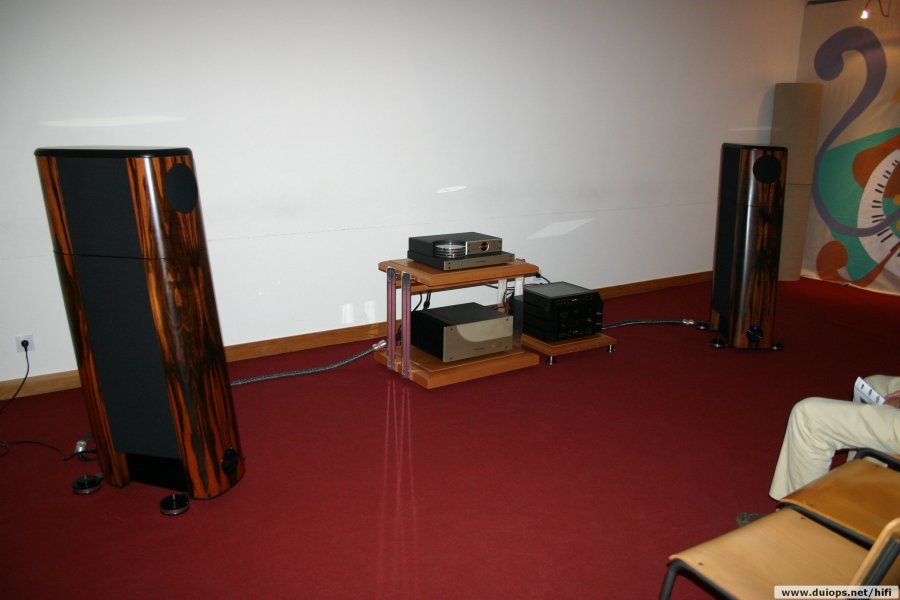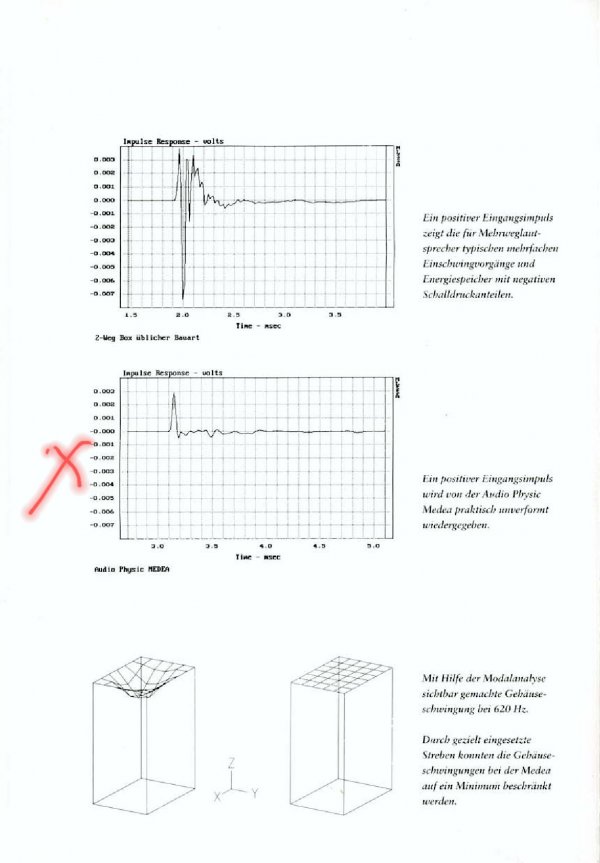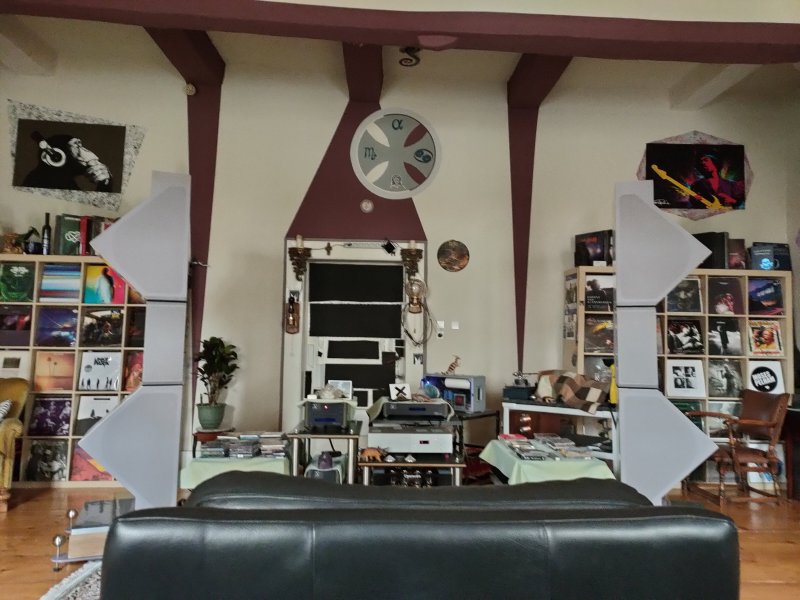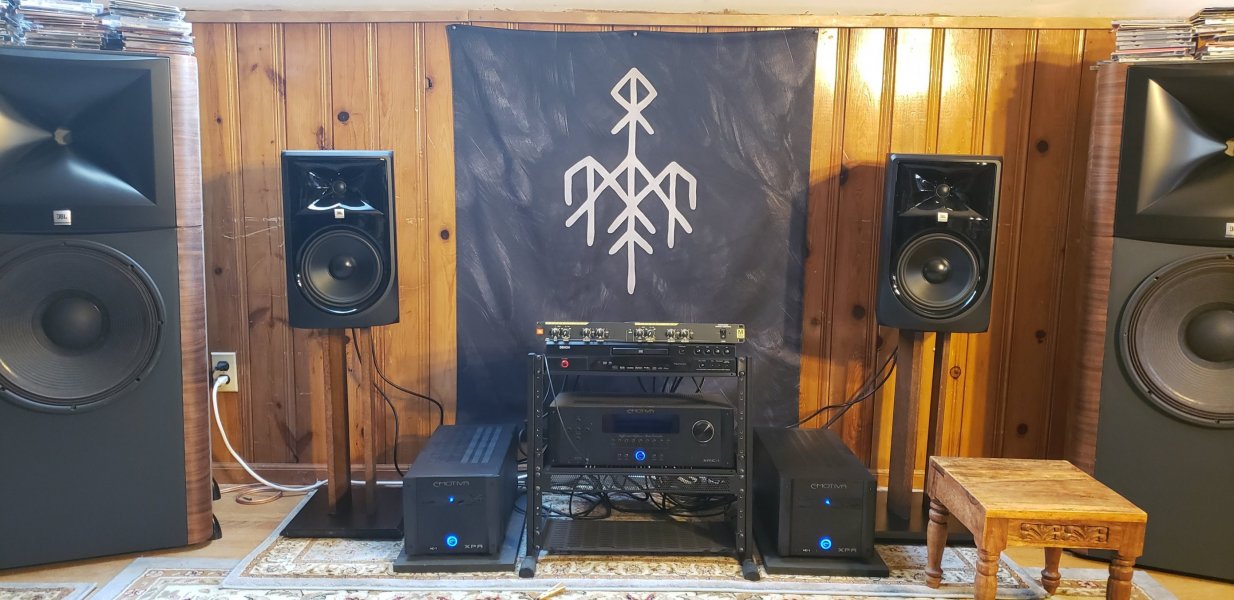With autotune or Q sound exsample roger waters there's a lot that can be done psychoacoustically, don't think you can define exactly whether the room image is right, maybe with a live concert recording.I wasn't questioning that those speakers fill the room. I was questioning whether electronic music (as in your DCD example) has a scale in size. The music may be created with various phase 'tricks' to create 'musical objects in space' but it has no actual ambience or recorded ambient cues to tell us about its scale. Versus, say, an orchestra or a string quartet -- acoustic music in a physical context -- where the reproduction of that context (or not) gives us a sense of 'scale in reality'.
I think you can see an orchestra where there are violinists, timpani or brass instruments. but the realistic size does not work at home with two sound sources.
String quartet or a jazz trio will probably work well at home, the distance between the instruments will probably fit in with the distance between the speakers, depending on the size. good recordings sound like you're sitting in a jazz club, i think it's a success in terms of spatial imaging.
my opinion about it.















